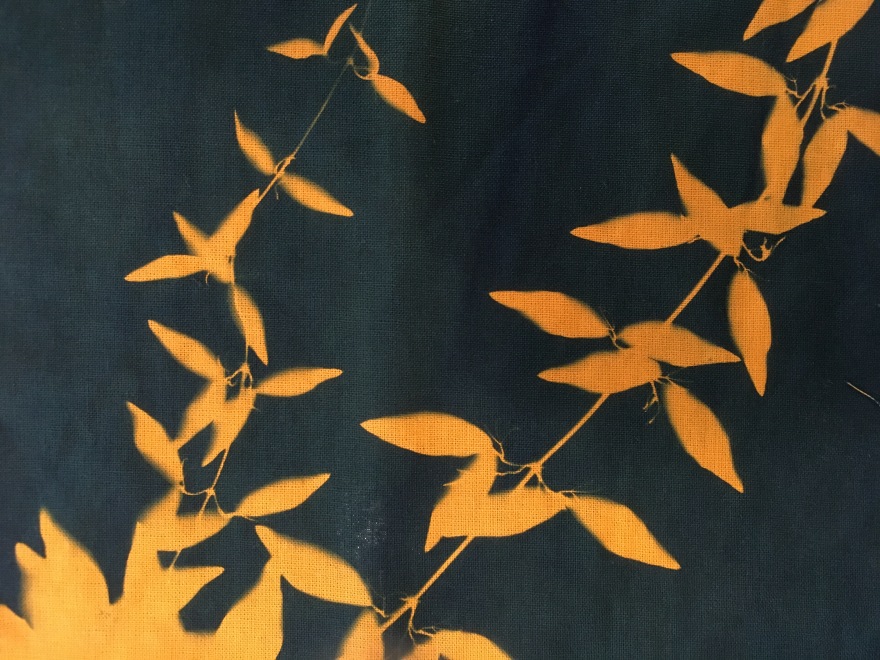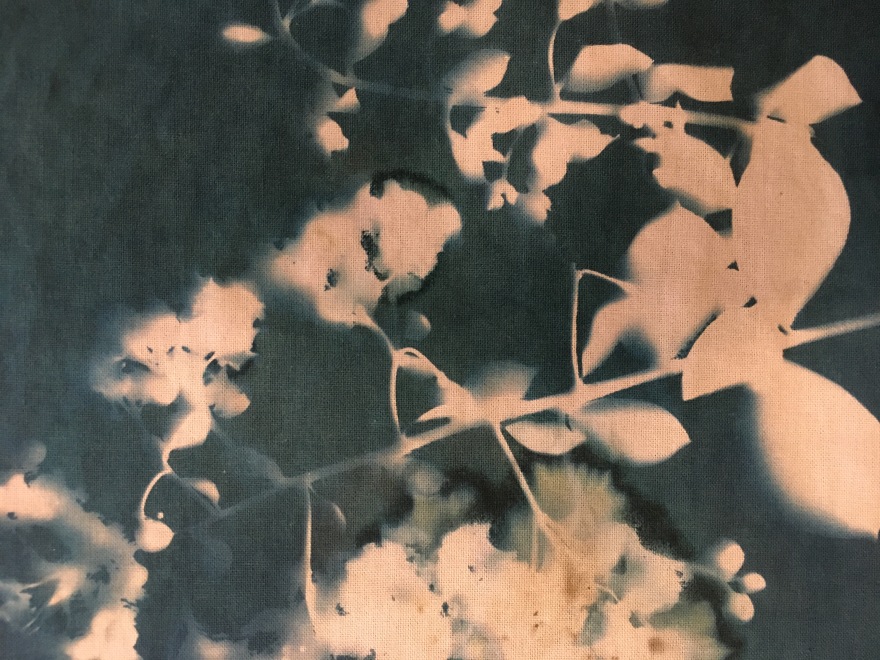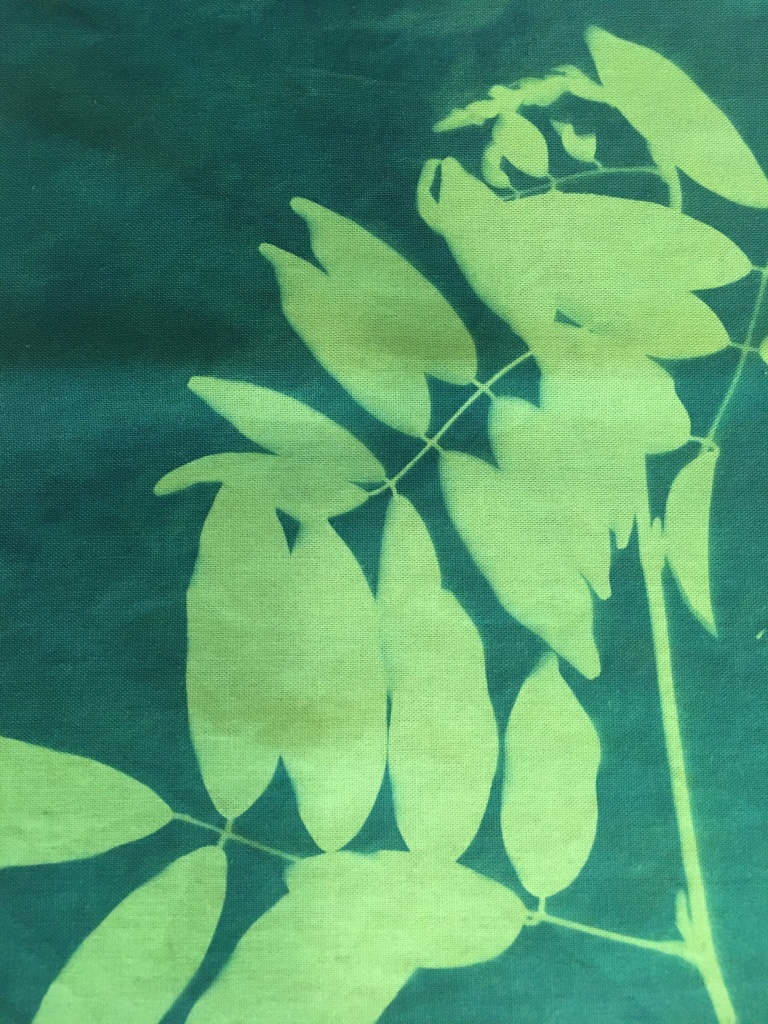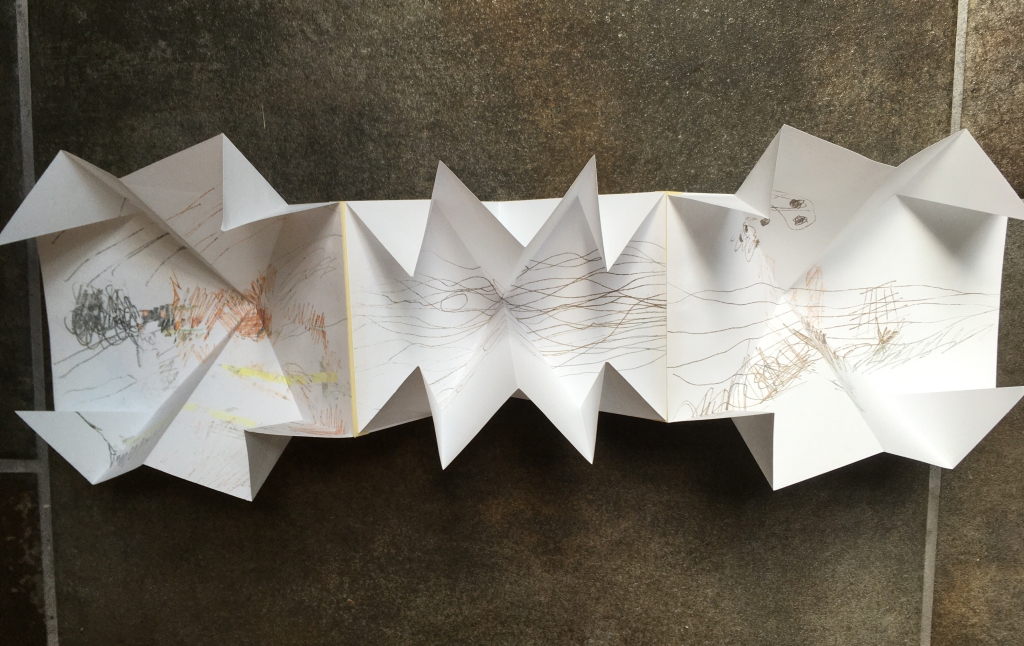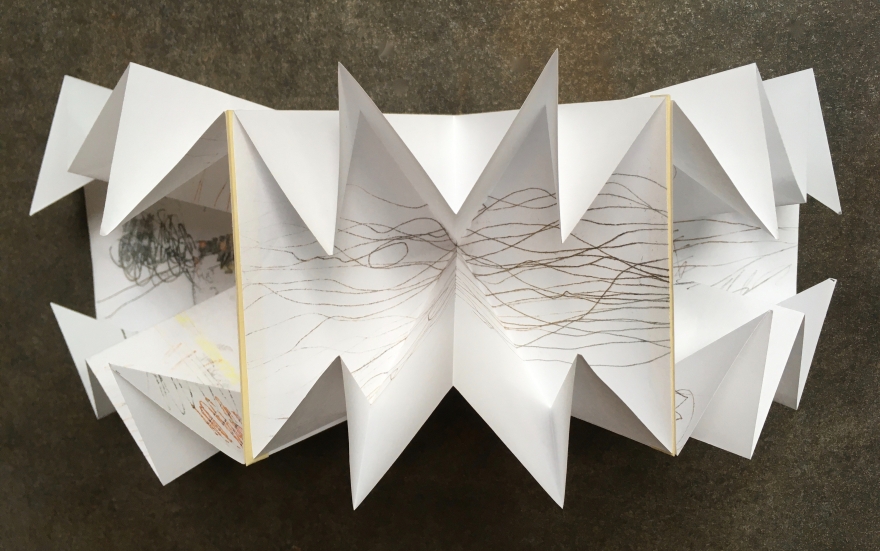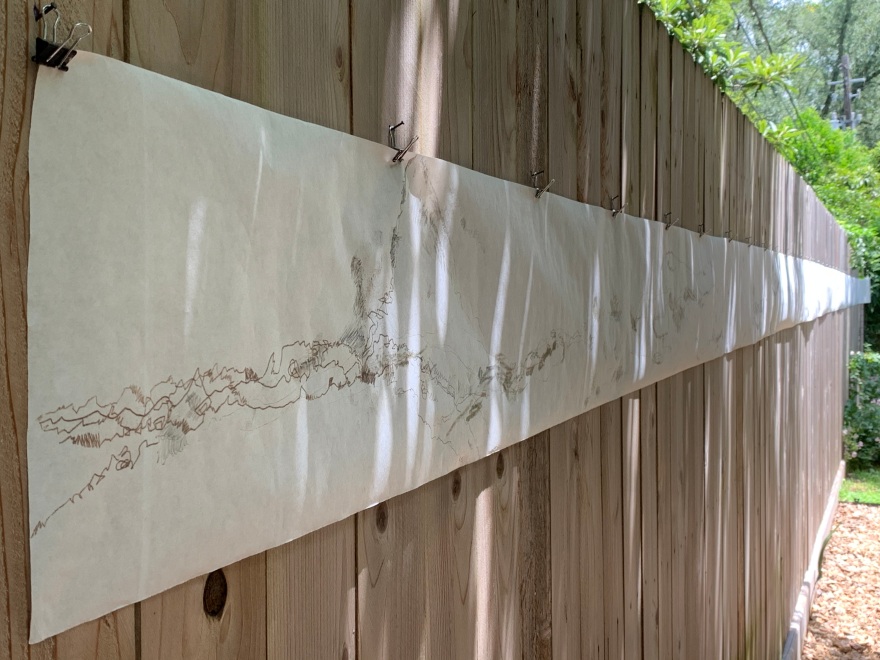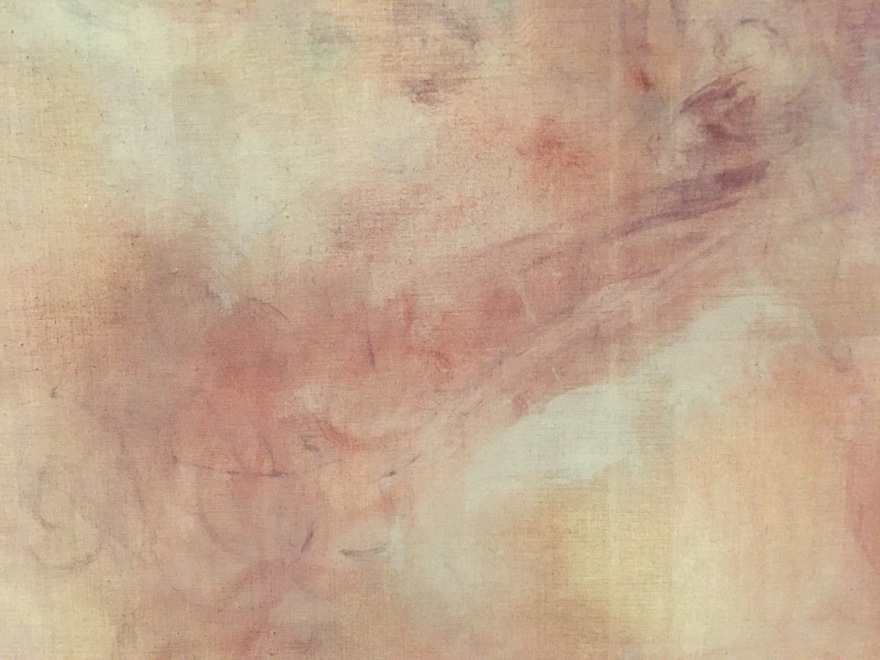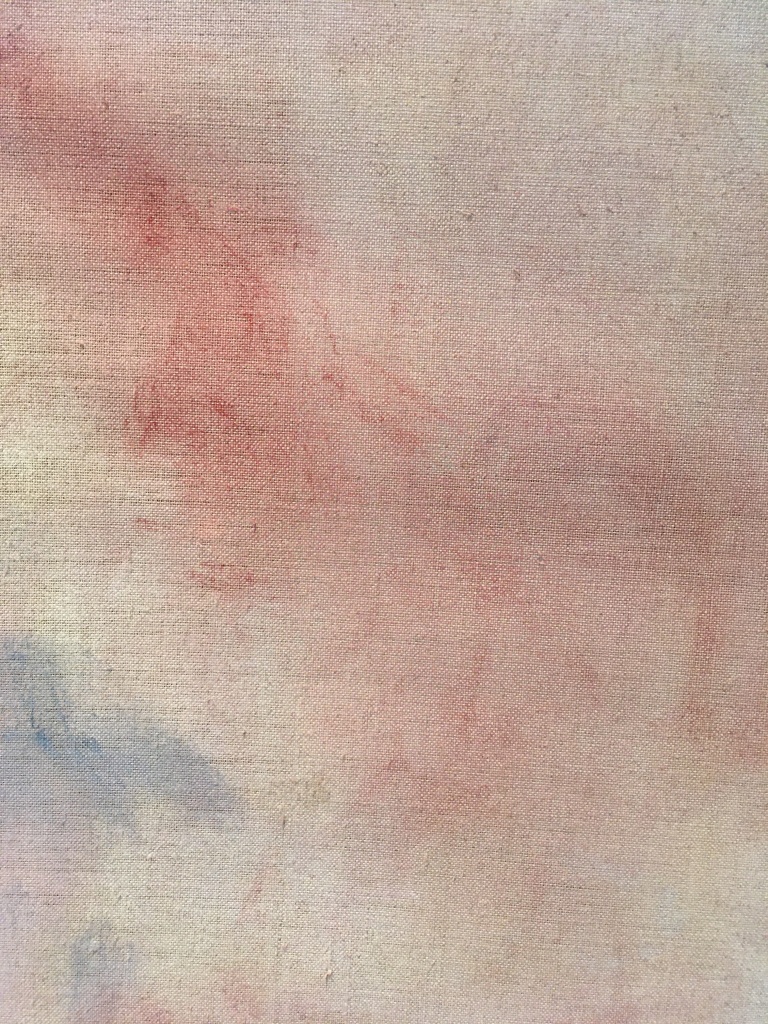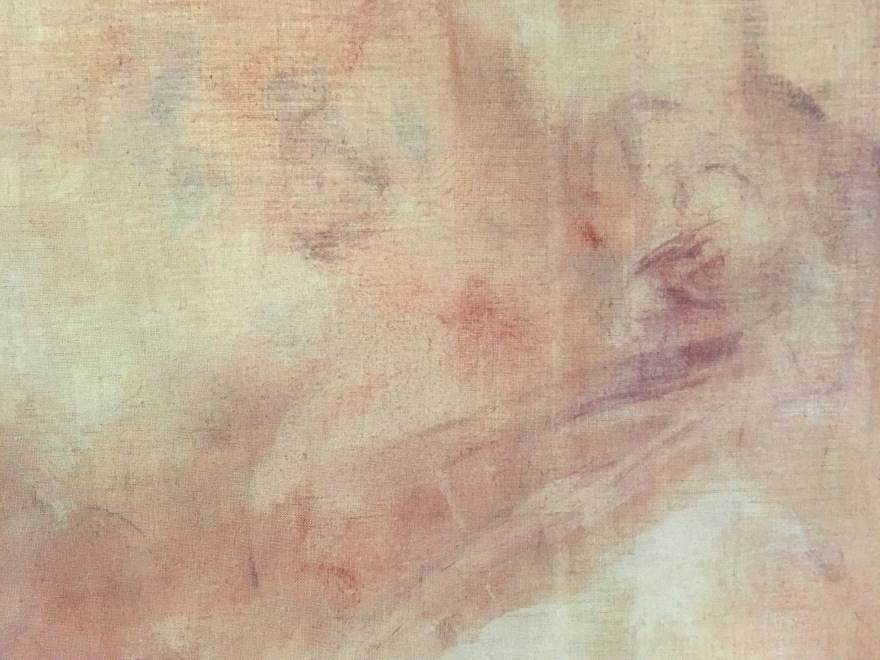Migration has been a constant presence in my life, as our family first relocated to Yemen when I was months old and we would relocate every three years, thereafter. This background has left me with a deep connection with other migrants. My current home is Houston, Texas, which is diverse and has a large migrant community that provides the workforce backbone of the city.
The area that I am focussing on is on the outskirts of Houston where there is a rapid and ongoing expansion. The original dwellers in the area were the Mayan, Apache, Tonkawa tribes, who all left marks of their presence in the area, although it is only really visible in street names.
My intent is to document and illustrate the evidence of the migrant journeys, and the trace evidence left behind from their labours. The hand rendered walls, the years of tar and paint applications applied in extreme weather conditions. The vilified migrant, and their artwork go unnoticed. They are both metaphorically removed when the stucco is applied.
The shift created by COVID-19 brought about a meditative, reflective approach to recording these journeys and hand renderings. Drawing on my own experiences and influences, including Brice Marden and Cy Twombly gave me inspiration for camera-less work, turning to printmaking and mixed media.
This has resulted in following a path that I did not see at the start of my journey, but one that has moved me to produce images that I feel capture my thoughts of a very complex historical issue that is still being played out today.


